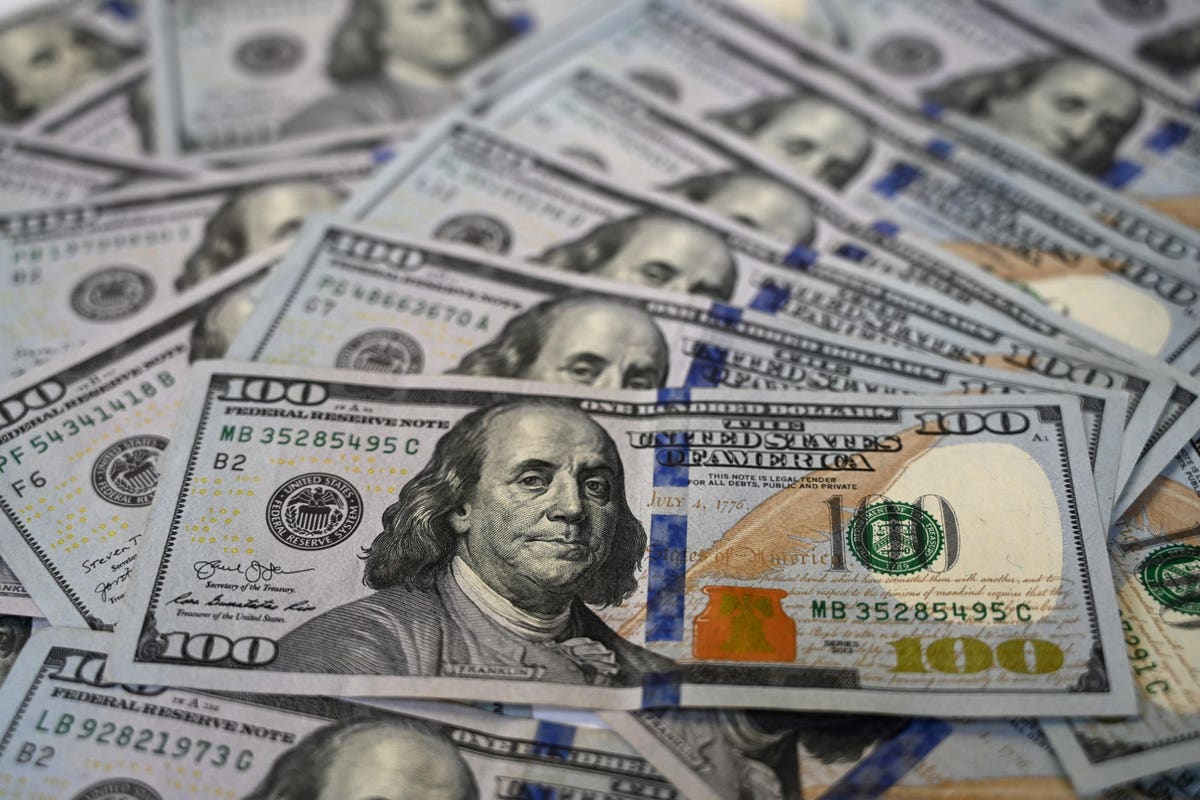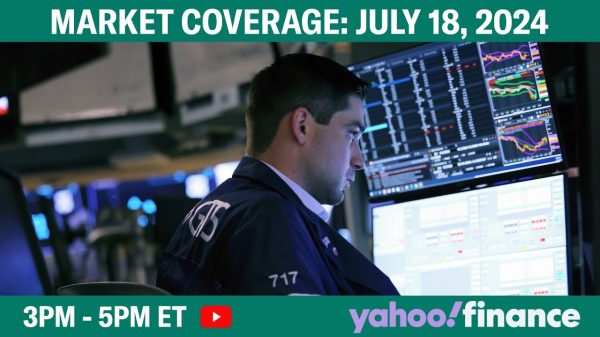The U.S. Federal Reserve has increased short-term interest rates from practically zero in early 2022 to over 5% today. That’s among the more abrupt shifts in history and means that there is a lot more opportunity to earn low-risk returns on cash investments. Shopping around and considering your investment strategy in light of higher rates could improve your returns on cash holdings in the current environment, especially if you haven’t taken a look since last year when rates where generally lower.
Look For Better Rates From Your Bank
Most obviously, many banks are now offering interest rates of over 4% on savings accounts to attract new customers, but you may have to shop around to get these rates.
A list of banks currently offering high rates on savings is here. Just because rates have risen doesn’t mean that your bank will have increased your savings account rate fully to market rates, so it may be worth shopping around to get the best rate on your cash savings. Many of these products are offered online, making the process of opening an account relatively simple.
Consider Short-Term Treasury ETFs
Higher rates are reflected in the yield on short-term Treasury investments, these are generally considered low-risk investments by the market, and if you have idle cash in your brokerage account, then owning these can potentially boost your return depending on how your cash is invested.
The U.S. yield curve is currently inverted, that means that you currently earn more on shorter term bonds, than on longer term ones. That mean you get a high yield and are insulated from moves in interest rates. If rates move higher from here, then longer term bonds could decline in value, though there would be a benefit for longer term bond investments, if rates decline, which many ultimately expect.
There are many Exchange Traded Funds (ETFs) that hold shorter duration U.S. government debt. The Vanguard Short-Term Treasury ETF is one example with a relatively low 0.04% expense ratio and $22 billion in assets and ticker VGSH. Vanguard have a robust reputation for being investor-friendly in the fund management industry. A second alternative is the Schwab Short-Term U.S. Treasury ETF with 0.03% expense ratio and $14 billion in assets with ticker SCHO. You can buy these ETFs as you would a stock and earn estimated yields of over 4% today, however unlike a bank account these ETFs do carry some risk if rates move in future, though because their bond holdings are lower duration, interest rate risk can be lower than higher duration holdings that mature further into the future.
Evaluate The Stock and Bond Allocation In Your Portfolio
In recent years with very low yields, it’s been more challenging to make the case for government bonds in a portfolio. That’s because yields were low compared to both history and the expected return on stocks. Now that’s changing because rates have risen and bond investments have the potential to earn 4% or more depending on how fixed income markets fare.
This means that bonds are becoming a more attractive alternative to stocks in your portfolio. For example, simplistically the S&P 500 pays a dividend yield of just over 1.5% whereas some bond investments now carry a much higher yield.
Of course, stocks can benefit from earnings growth and other factors such as stock buybacks too, so comparing yields isn’t a direct comparison, but if you have concerns about the relatively high valuation of U.S. stocks currently or the potential riskiness of equities over the short term, then maybe increasing your exposure to fixed income may be prudent.
History also suggests that holding both stocks and bonds in tandem has the potential to smooth returns over time. That’s because high-quality bonds can often provide some stability during a recession, when stocks can come under pressure, if history is any guide to the future.
Final Thoughts
The move by the Fed over the past 18 months in hiking rates has been sufficiently abrupt that it makes sense to take a look at your investment strategy. Higher yields in fixed income investments are now generally on offer where they weren’t before. That said, a lot depends on where rates and the economy go from here, though returns on cash and short-term fixed income are certainly a lot better than they were.
Read the full article here













